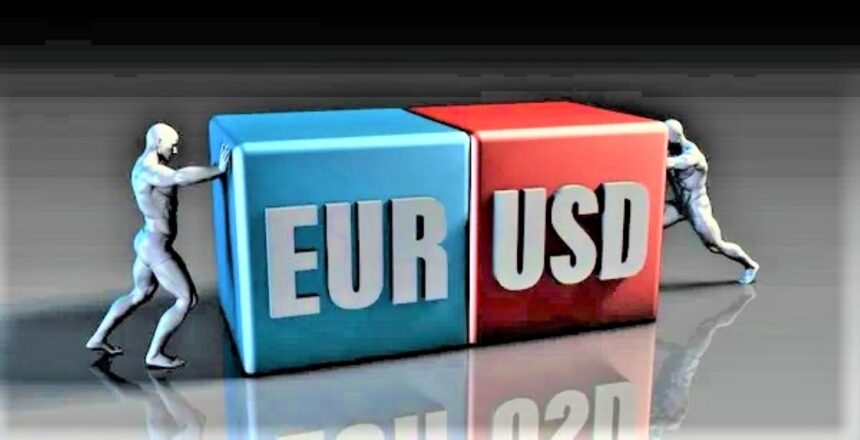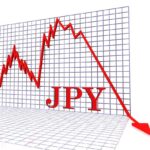Euro had a strong start to the week, gaining some ground versus the US Dollar (USD).
The Euro had a strong start to the week, gaining some ground versus the US Dollar (USD) on Monday. This propelled the EURUSD over the critical 1.0800 yardstick. Which also corresponds to the important 200-day SMA.
The Greenback, on the other hand, witnessed a minor reversal of its recent two-day rally and returned to the 104.00 range. According to the USD Index (DXY). This occurred in the midst of a moderate recovery in risk-related assets. As well as a tiny correction in US rates across maturities.
Meanwhile, it appears that markets have already digested Chairman Jerome Powell’s address at the Jackson Hole Symposium on Friday. Powell maintained policy flexibility in his address and stressed. That the likelihood of more rate rises should not be ignored.
According to CME Group, the chance of a 25 basis point rate rise at the Fed’s November 1 meeting exceeds 52%.
Moreover in terms of monetary policy, there is renewed debate over the Federal Reserve’s resolve to maintain a tougher posture. For a protracted period of high interest rates. This increasing attention stems from the US economy’s extraordinary resiliency, notwithstanding the small softening in recent months. The labor situation and inflation indicators have improved.
Concurrently, disputes among European Central Bank (ECB) council members have emerged on the likely extension of stringent measures beyond the summer period. These disagreements are producing a fresh sense of vulnerability, which is harming the Euro.
The sole planned release in the United States for Monday is the Dallas Fed Manufacturing Index.
The euro may experience some consolidation in the short future.
The EUR has broken over the 1.0800 resistance level versus the USD.
German 10-year bund rates have reduced earlier advances.
J. Nagel of the ECB stated that the September decision is dependent on data.
At the start of the week, US yields are trending down.
Furthermore the focus of the markets switches toto the US work market.
The Fed’s tighter-for-longer narrative continues in the background.
Powell’s remarks favored retaining the current restrictive posture.
Investors expect the Fed to raise interest rates by 25 basis points in November.
Technical Analysis
The selling pressure on Euro looks to have lessened slightly at the start of the new trading week. Giving the current price some breathing room around the 1.0800 level.
Further declines might push the EURUSD pair down to Friday’s low of 1.0765. Ahead of the lows of May 31 at 1.0635 and March 15 at 1.0516. If this level is breached, a re-test of the 2023 low at 1.0481, observed on January 6, might occur.
Moreover Occasional bursts of strengthMeanwhile, might encounter interim resistance at the 55-day SMA at 1.0965. Before reaching the psychological 1.1000 barrier and the August 10 high at 1.1064. When the latter is overcome. Spot might target the July 27 high of 1.1149. If the pair moves above this level. It might relieve some of the negative pressure and perhaps reach the 2023 top of 1.1275. Which was reached on July 18. The 2022 high is at 1.1495, and it is closely followed by the round level of 1.1500.
Furthermore, once the 200-day SMA (1.0805) is convincingly violated in the Euro, significant losses are anticipated.









